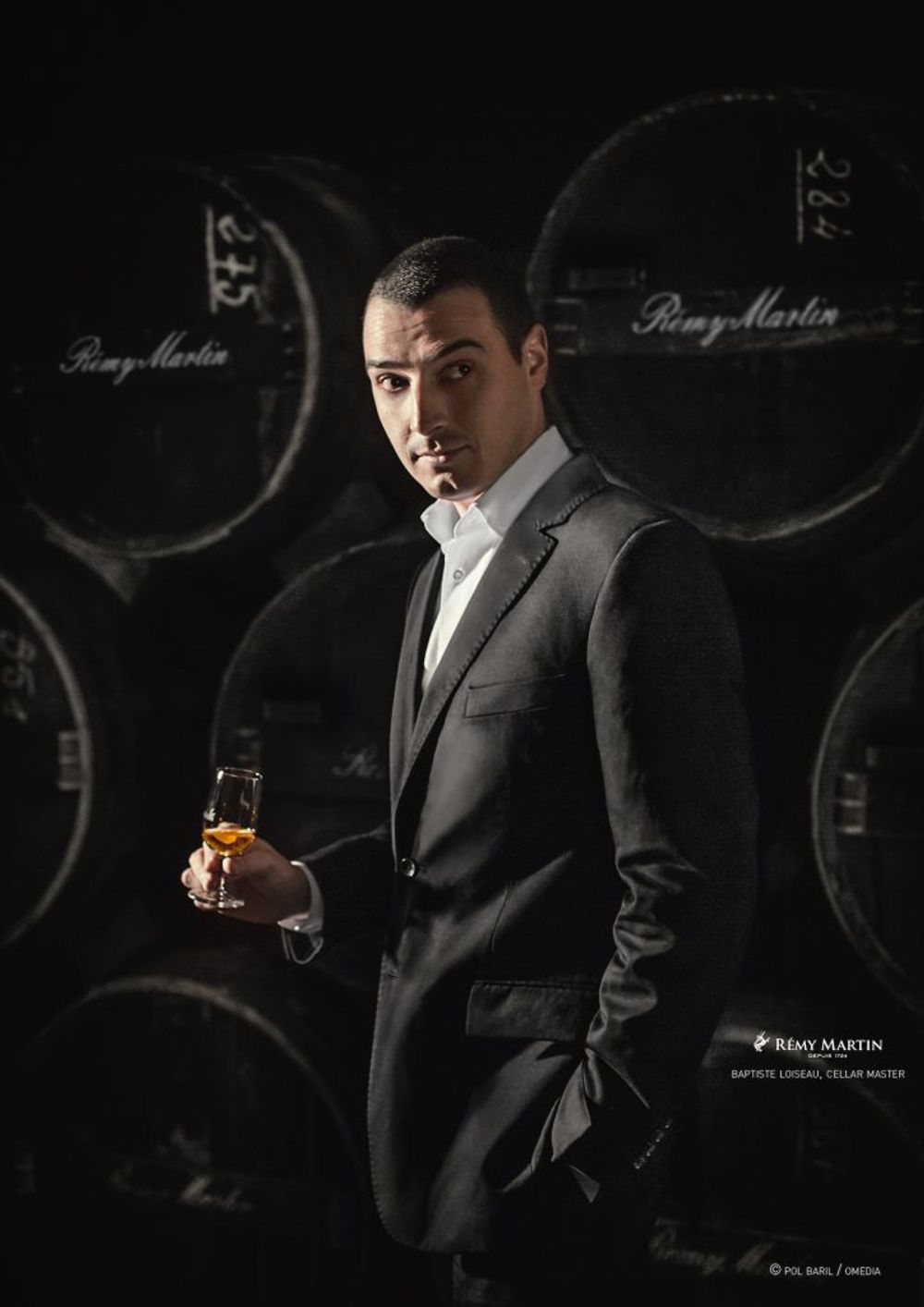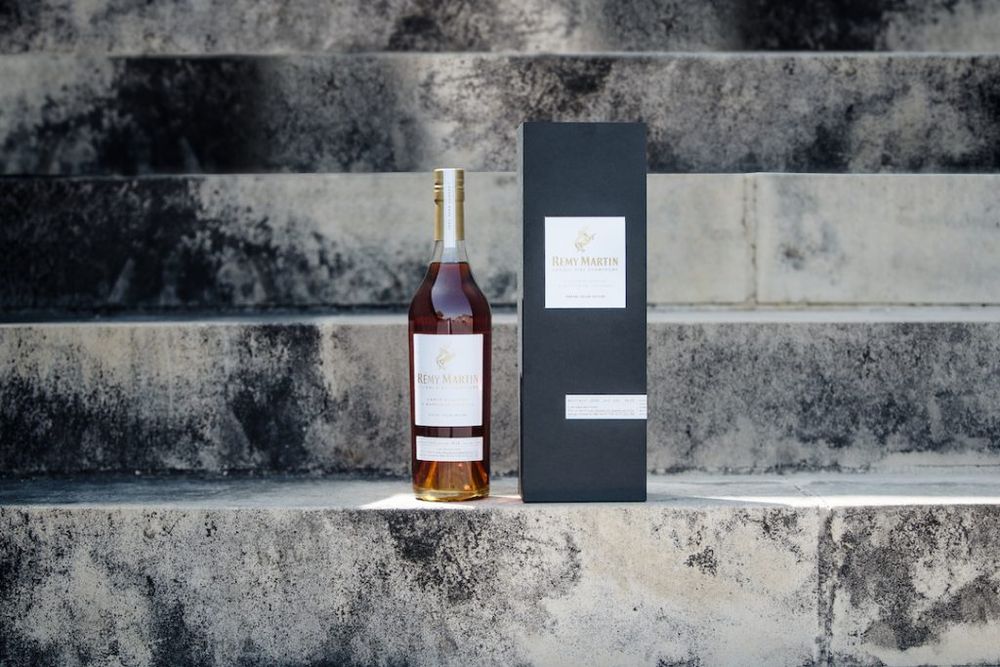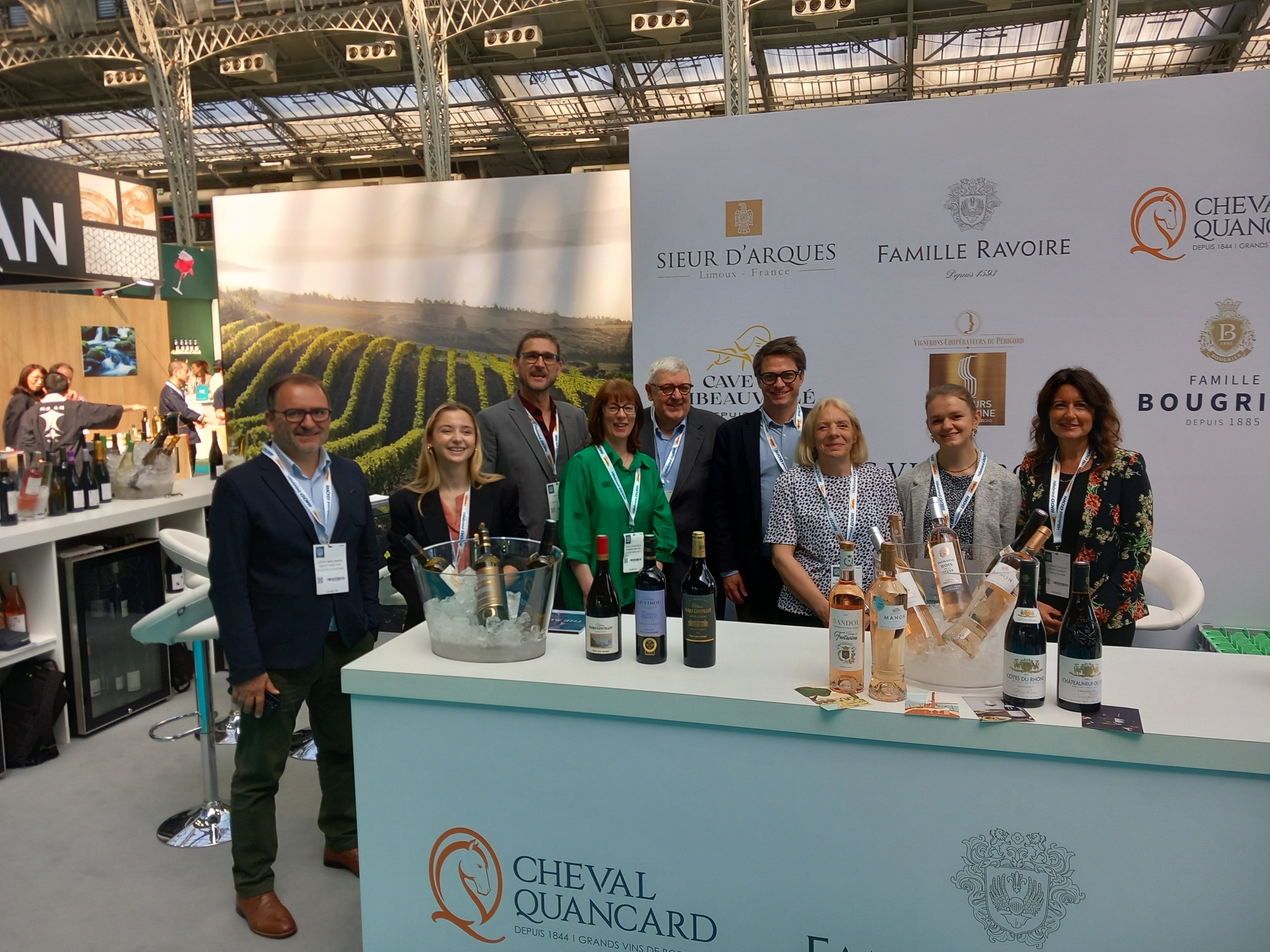In short, Carte Blanche from Rémy Martin, tastes “incredible” according to David Kermode who adds that the finish is “a never-ending story of posh gingerbread men.”
Nothing happens fast in Cognac. Sitting on the Charente river, the town is beguiling, its charms bucolic. Even the youths hanging around McDonald’s exhibit a relaxed form of feral.

There’s plenty of money to be made from the superior brandy to which it gave its name, but it’s anything but a fast buck. It’s all about ageing … and patience.
It’s also about consistency, of course. Just as Champagne relies on reserve wines and master blenders to create a distinctive and luxurious house style that’s immediately recognisable, so too does Cognac. The difference is that a cellar master may never actually get to release their carefully crafted creation, trusting it instead to the next generation.
At Rémy Martin – the third of the ‘big four’ Cognac houses, by size – that’s what’s happening now, with the release of Carte Blanche Merpins Special Edition, a limited release of Fine Champagne Cognac, from deep within the company’s sprawling cellars, with a minimum age of 27 years.
Remarkably, what’s in the bottle is only slightly younger than the man now responsible for it: Cellar Master Baptiste Loiseau.

Baptiste Loiseau: eyebrows were raised
Eyebrows were raised when he took over in 2014, at the age of 33, the youngest person ever to hold such an esteemed role in the lofty world of Cognac. He was no upstart, having spent the best part of a decade under the tutelage of his predecessor, Pierrette Trichet – the first woman to be made Cellar Master of a major house. Rémy Martin may be almost three hundred years old, but it likes to shake things up a bit.
Madame Trichet was only content to retire when she was absolutely satisfied that her protégé had fully appreciated, and mastered, the house style. For his part, Loiseau modestly admits that he still calls on her for advice if he needs it. She still visits, tastes and offers her thoughts.
But this is his moment.
Carte Blanche is so named because the Cellar Master has total freedom to select it, apparently without interference or any commercial pressure from on high. It carries the Baptiste Loiseau name – even though the original blending was the work of at least two predecessors – because the decision on which of the cellar’s oak barrelled-treasures to release rests solely with him. It’s quite a responsibility.

With only 9650 bottles released, each with an RRP of £350, Carte Blanche is intended to showcase the ‘quintessence of Rémy Martin’, at once capturing the house style – using only Eau de Vie made with grapes from Grande Champagne and Petite Champagne – whilst also delivering something a little different. It’s the second special edition that Loiseau has released, after Carte Blanche Gensac-la-Pallue two years ago.
So how does it taste?
The short answer is incredible. The nose, a barrel full of aromas, includes cinnamon, ginger, honey, ripe apricot, orange zest and mirabelle plum. The palate is rich, spicy and complex yet somehow pure, and the finish is a never-ending story of posh gingerbread men.
It’s wonderful when you think that this limited edition treat is really the result of a Cellar Master’s inventory. For this ‘stocktake’, Loiseau samples all the barrels, chooses a blend that’s at its peak, and bottles it.

With ageing in oak comes evaporation, of course – it’s estimated the Cognac business loses more than a tenth of its output to the so-called ‘Angels’ share’ – and those divine beings must have had some wonderful nights at the austere-looking Merpins cellar complex. With the architecture, and high security, of a wartime military base, it is home to millions of Euros worth of ageing Cognac. Cool, but not damp, subtle spices infuse the slightly stale air.
Oddly, the French don’t really ‘do’ Cognac, only a mere 2% of production is consumed at home. America has the lion’s share, followed by China, then Singapore and Britain.
The Cognac industry suffers more than most from the tyranny of the world’s economic cycles, but it is currently in rude health, with annual growth at 10%, driven by the high-value premium market.
As one of the first spirits used when the cocktail was created, it’s fitting that much of the current growth is fuelled by its resurgence in that category. Even the sleepy little town of Cognac itself now boasts a couple of cool cocktail bars (‘Louise’ at the Hotel Francois Premier is a must).
So could the future of Cognac be ‘old fashioned’? (For my money, Cognac beats Bourbon in the mix).
Loiseau is no purist; he’s fully behind the cocktail boom – and even loves his VSOP served with ginger ale – but won’t be mixing his Carte Blanche with anything: “this must be drunk neat, as the hero is the blend”. And he would know.
About the author: David Kermode is a writer, wine host, broadcaster, and founder of the website www.vinosaurus.co.uk










































